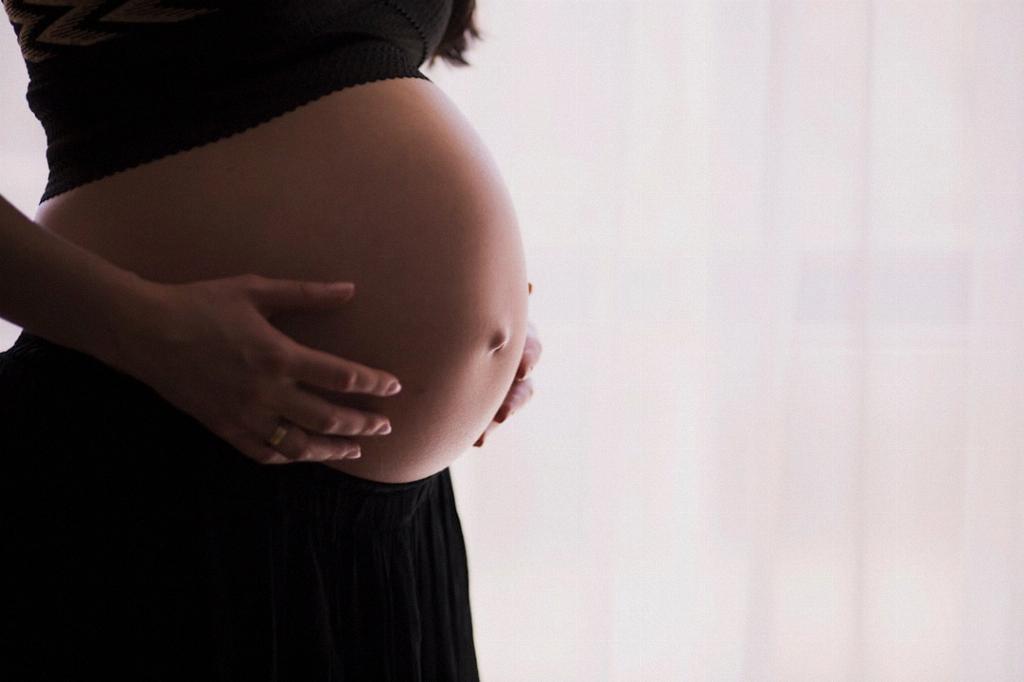When it comes to the duration of a woman’s delivery process, it is essential to understand that every childbirth experience is unique and can vary significantly from one individual to another. However, based on common averages and patterns observed in labor, there are certain guidelines that can help provide insight into how long the delivery of a woman typically lasts.
Factors Influencing the Length of Labor
Several factors can influence the length of a woman’s delivery process. These include whether it is a first birth or subsequent birth, the strength and frequency of contractions, the positioning of the baby, the mother’s overall health and stamina, and whether any interventions are required during labor.
Duration of Labor for First-Time Mothers
For first-time mothers, the average duration of labor is typically longer, ranging from 12 to 24 hours. The early stage of labor can be particularly extended as the cervix gradually thins and opens to allow the baby to move through the birth canal.
Duration of Labor for Subsequent Births
On the other hand, for women who have given birth before, the delivery process tends to be shorter, typically lasting around eight to 10 hours. This can be attributed to the fact that the body has gone through labor before, making subsequent births quicker in general.
Stages of Labor
It is important to note that labor is divided into three distinct stages, each serving a specific purpose in the birthing process. The first stage involves the onset of labor until the cervix is fully dilated, the second stage involves the pushing and delivery of the baby, and the third stage involves the delivery of the placenta.
Signs of Progress in Labor
Throughout the labor process, there are various signs that indicate progress, such as the frequency and intensity of contractions, the dilation of the cervix, and the descent of the baby through the birth canal. Monitoring these signs can help healthcare providers determine the stage of labor and make informed decisions regarding the birthing process.
Role of Healthcare Providers
Healthcare providers play a crucial role in supporting women through the delivery process, providing guidance, monitoring vital signs, and offering interventions when necessary to ensure a safe and successful delivery. Their expertise and experience are invaluable in managing complications and guiding women through childbirth.
Preparing for Labor
During pregnancy, women can take various steps to prepare for labor, such as attending childbirth education classes, creating a birth plan, practicing relaxation techniques, and maintaining a healthy lifestyle. These preparations can help women feel more empowered and confident as they approach the delivery of their baby.
Emotional Support in Labor
Emotional support is equally important during labor, as women may experience a wide range of emotions, from excitement and anticipation to fear and anxiety. Having a supportive partner, family member, or doula by their side can provide reassurance and comfort throughout the labor process.
Postpartum Recovery
After the delivery of the baby, women enter the postpartum period, a critical phase of recovery and adjustment to motherhood. During this time, women may experience physical and emotional changes, and it is important to prioritize self-care, rest, and seeking support from healthcare providers and loved ones.
Conclusion
In conclusion, the duration of a woman’s delivery process can vary based on a multitude of factors, including whether it is a first birth or subsequent birth, the individual’s health and circumstances, and the progress of labor. By understanding the stages of labor, seeking appropriate support, and preparing both physically and emotionally, women can navigate the birthing process with confidence and resilience.

